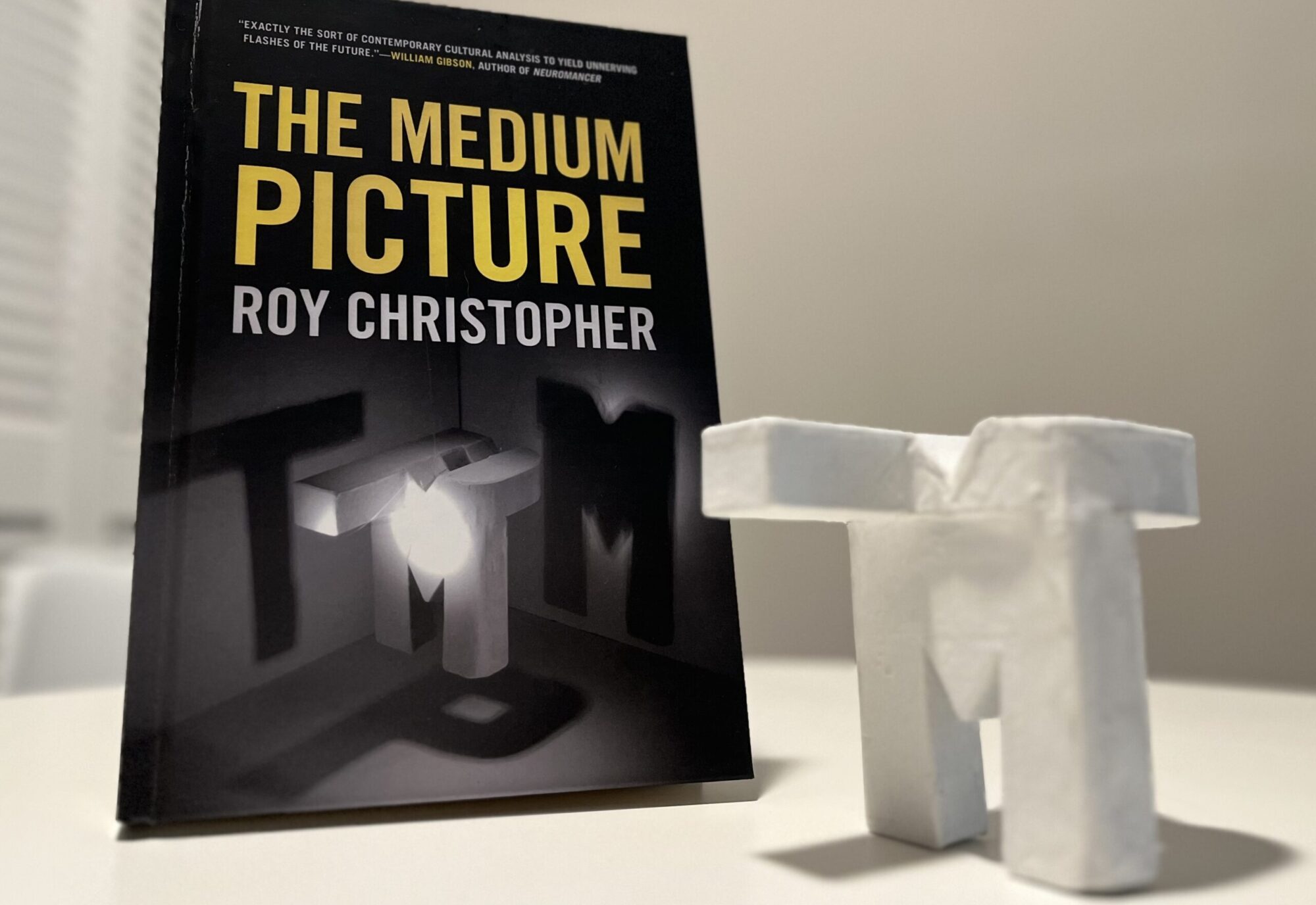In Why Societies Need Dissent, Cass R. Sunstein illustrates the powers and dangers of dissent through a clear and concise exposition of three basic phenomena: conformity, social cascades, and group polarization. His epistemological view of conformity shows how we tend to learn less first-hand than from what others think and believe. Social cascades occur when a meme, carried by early-adopters, reaches its tipping point. Group polarization shows how extreme views become more extreme in group deliberations.
 According to Sunstein, dissent is essential, but not always good. Your average contrarian can contribute a great deal to an argument by offering a differing point of view, but this can also be counterproductive for the community. Still, communities need constructive dissent and need to find ways to reward it. “In the real word,” writes Sunstein, “people will silence themselves for many reasons. Sometimes they do not want to risk the irritation or opprobrium of their friends and allies. Sometimes they fear that they will, through their dissent, weaken the effectiveness and reputation of the group to which they belong. Sometimes they trust fellow group members to be right.” Conformity carries its own rewards. Dissent does not.
According to Sunstein, dissent is essential, but not always good. Your average contrarian can contribute a great deal to an argument by offering a differing point of view, but this can also be counterproductive for the community. Still, communities need constructive dissent and need to find ways to reward it. “In the real word,” writes Sunstein, “people will silence themselves for many reasons. Sometimes they do not want to risk the irritation or opprobrium of their friends and allies. Sometimes they fear that they will, through their dissent, weaken the effectiveness and reputation of the group to which they belong. Sometimes they trust fellow group members to be right.” Conformity carries its own rewards. Dissent does not.
Why Societies Need Dissent is an excellent overview of a concept that doesn’t get enough serious consideration or positive attention. Plus, you’ll look bad-ass reading it on the bus.




